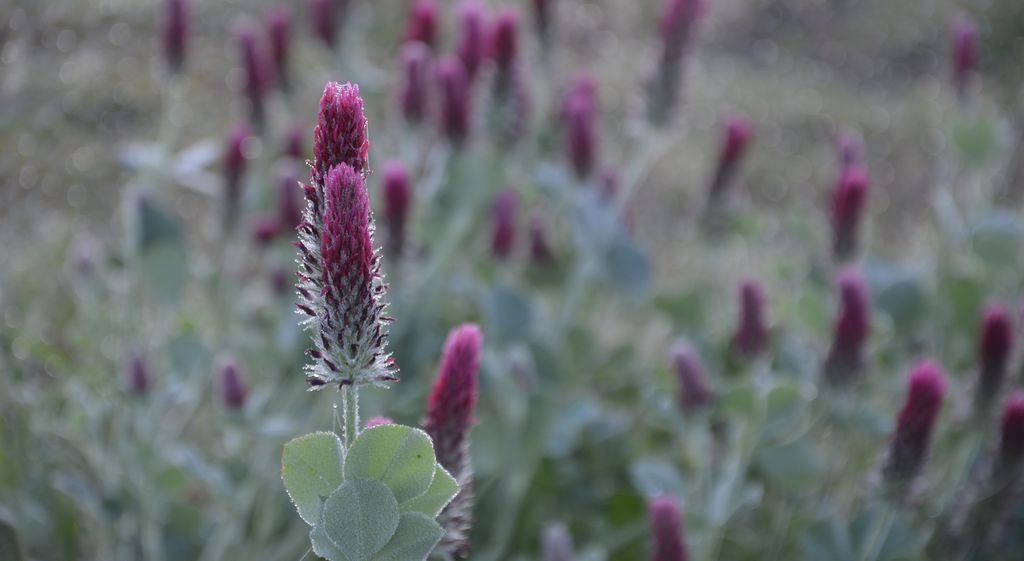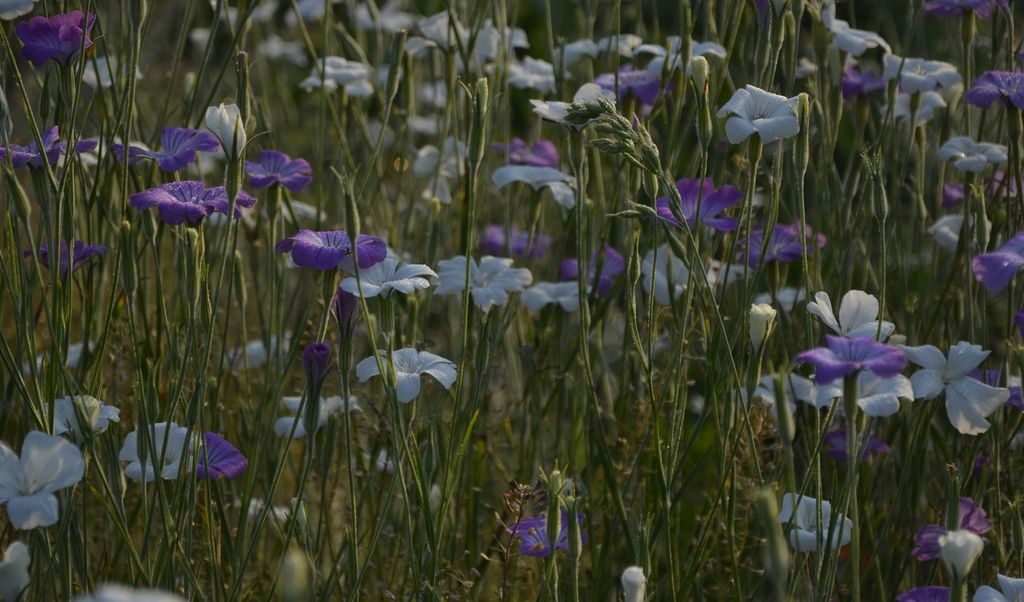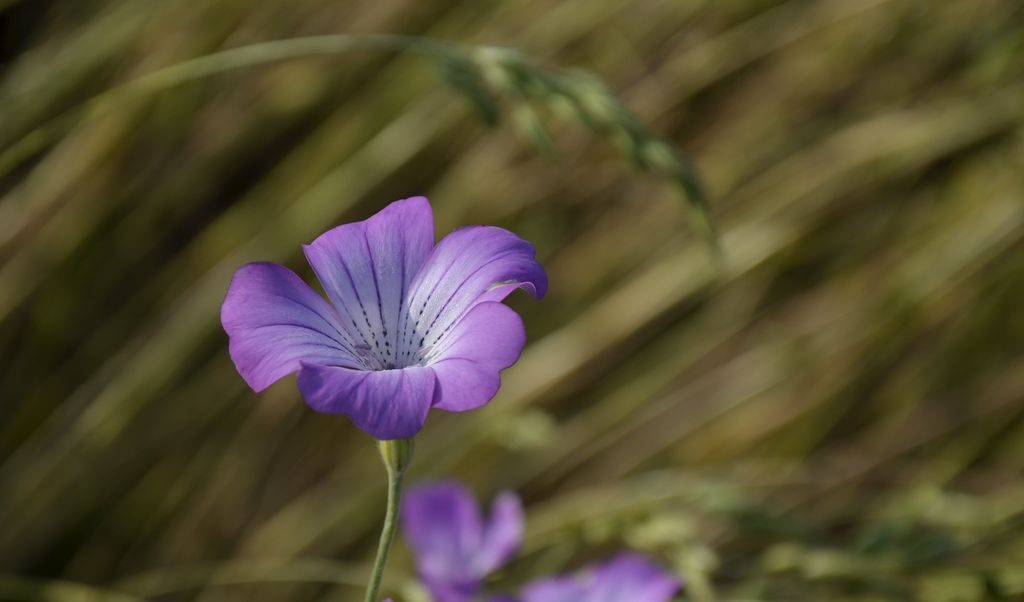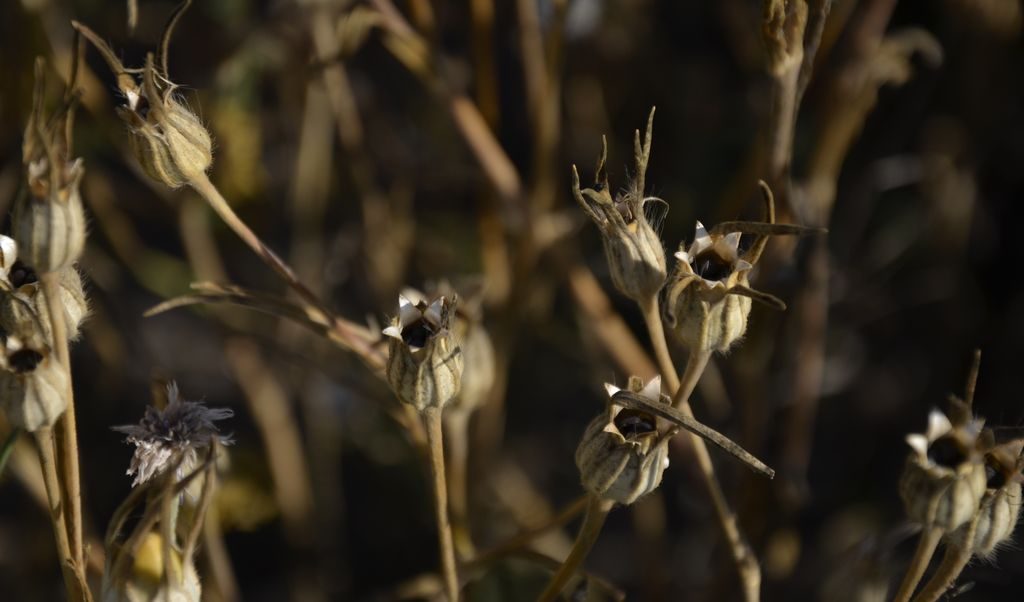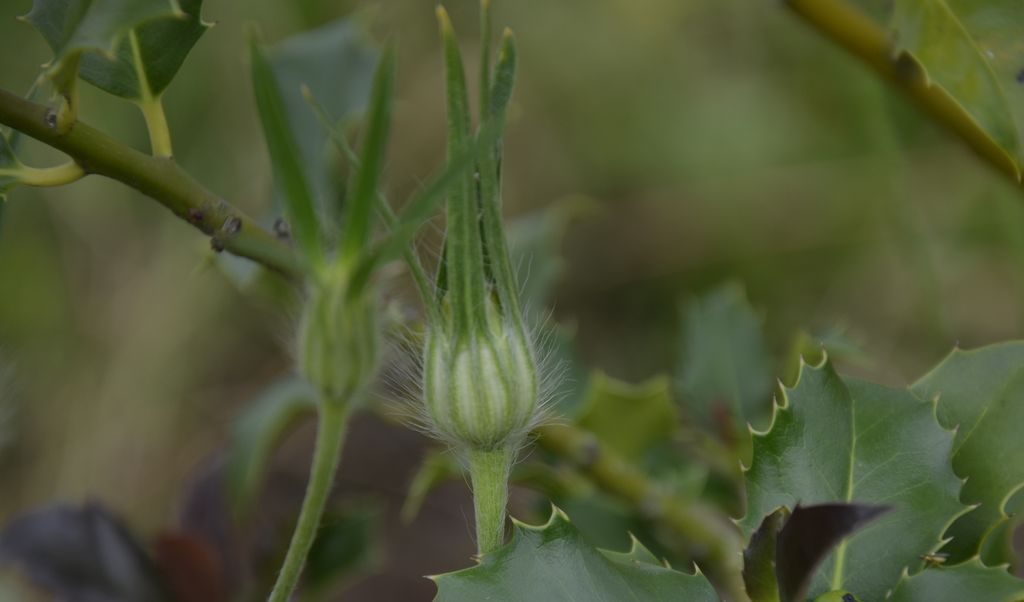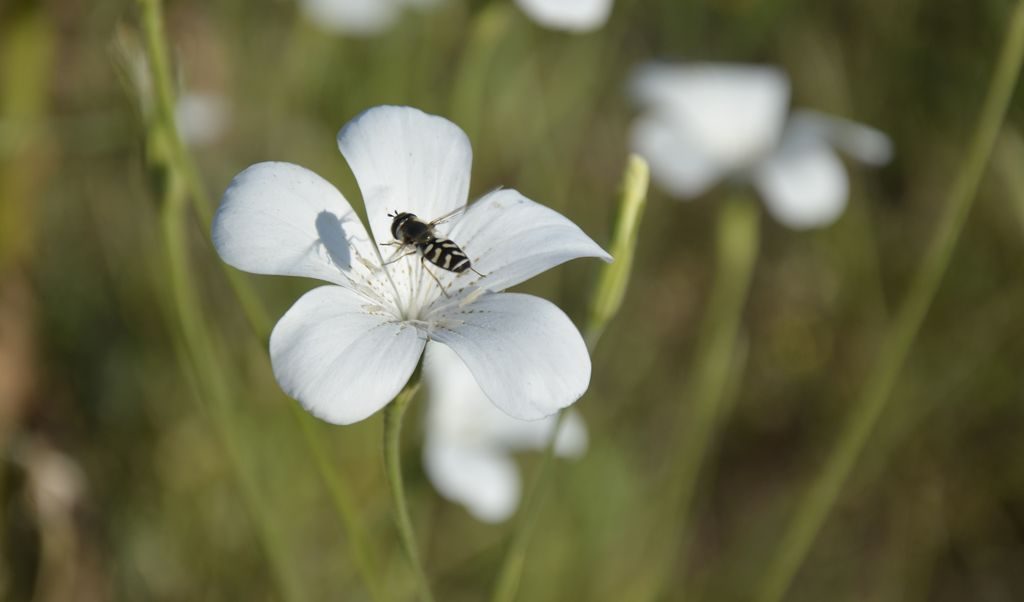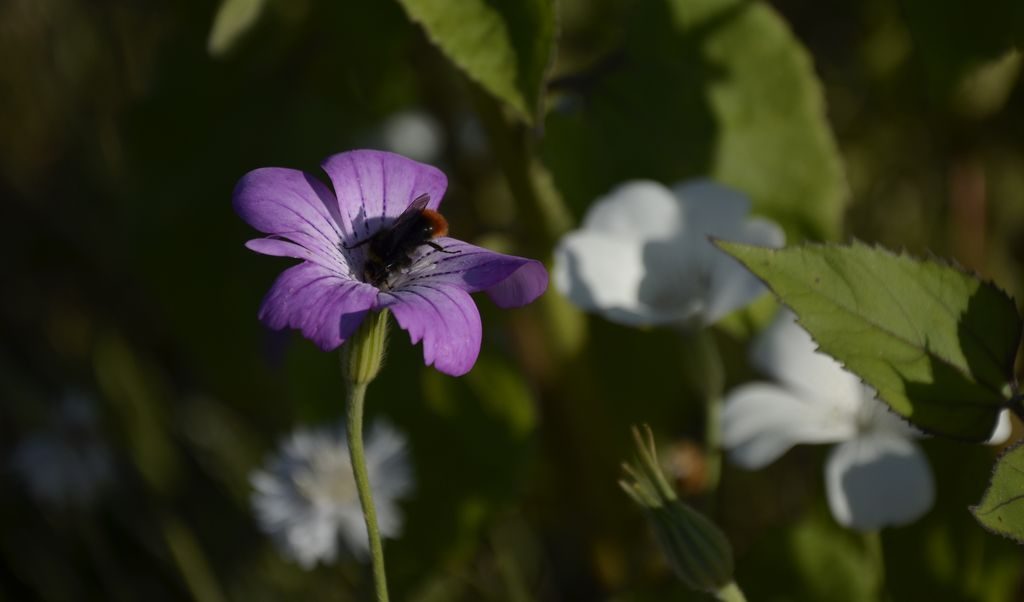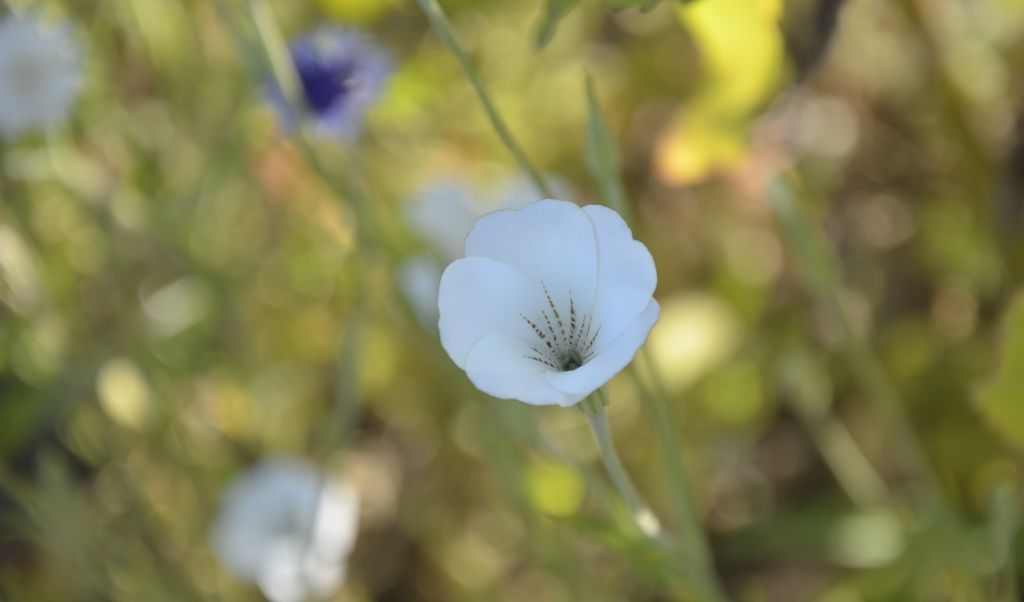You can do a wealth of good to our climate, the soils and all those little pollinators around by simply eating beans. And if you even opt to top this: grow the beans yourself. This is easy going: in your garden, in your raised bed or even on your balcony. Beans have been grown by humans for thousends of years and are one of the oldest crops we have. And soon comes the perfect time to sow them.
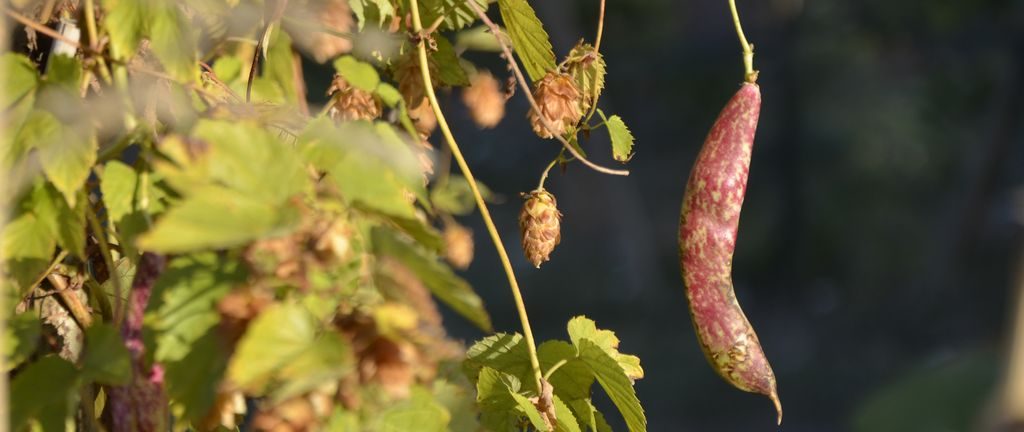
Why is eating beans good for the climate? Beans are very rich in protein. They are high in nutritional value for whoever eats them. If we eat them ourselves, all the nutrition and energy value can be used by our own body. If we feed the beans to cattle, poultry or pigs, all the nutritional and energy value will be used by those animals. From the beans they eat they will built bones and skin, hooves and teeth, hair, feathers and keep up their body temperature, some of what they eat will go as poo & pee, and only what ist left they will turn into steaks or sausages respectively.
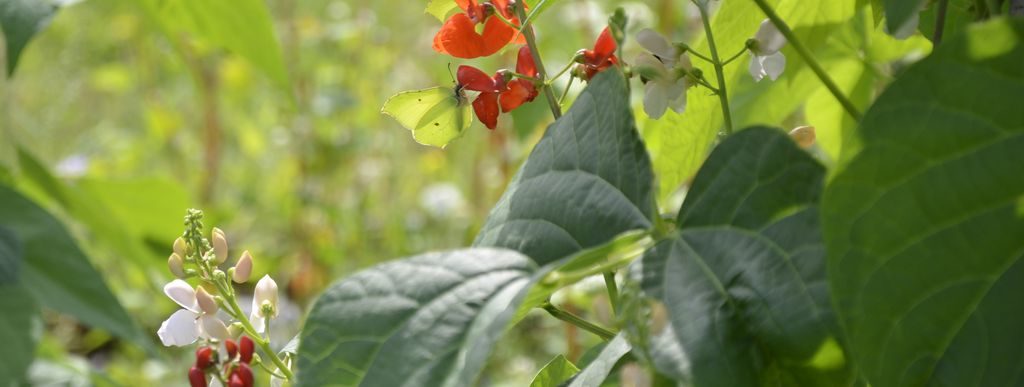
Thus on the way of producing steaks or sausages the animals use up some of the nutritional value for themselves. So, the steaks and sausages will come with a lower energy level than the beans had in the first place. Add to this: while growing steaks and sausages the pigs and cattle produce greenhouse gases like CO2.Thus, eating the beans ourselves means we can make use of the whole of the energy contained in the beans and we‘ll save some of the greenhouse gases otherwise produced by the life stock.
What about the soil? Beans are special in that they are team players. They do not just grow on their own. They team up with special bacteria. The roots of the beans grow tiny bumps for the bacteria to live in. Thus sheltered the bacteria thankfully take up Nitrogen from the surrrounding air, turn it into fertilizer, and share it with the bean plant. This is the reason why you do not need to give your beans the sort and amount of fertilizer other plants desperately need: the beans make their own, well: they have it made by their little friends. Since producing artificial fertilizers uses up a lot of energy and thus produces a great amount of green house gases, growing crops that do not need such fertilizers comes in handy when trying to keep one’s CO2 footstep small.
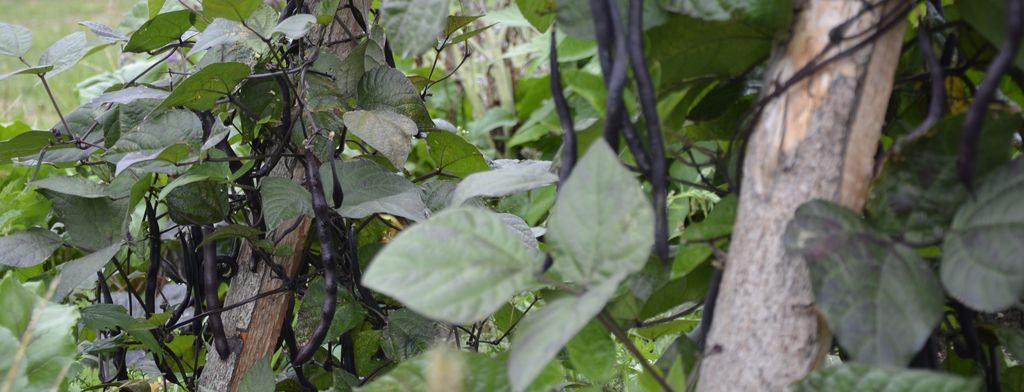
But the beans do not stop at giving their bacteria a home to start fix nitrogen from thin air, so to speak. They also feed all sorts of pollinators: butterflies and bees and bumblebees, to name but a few. Beans‘ flowers are white or colourful red, pink or violet and come with pollen and nectar.
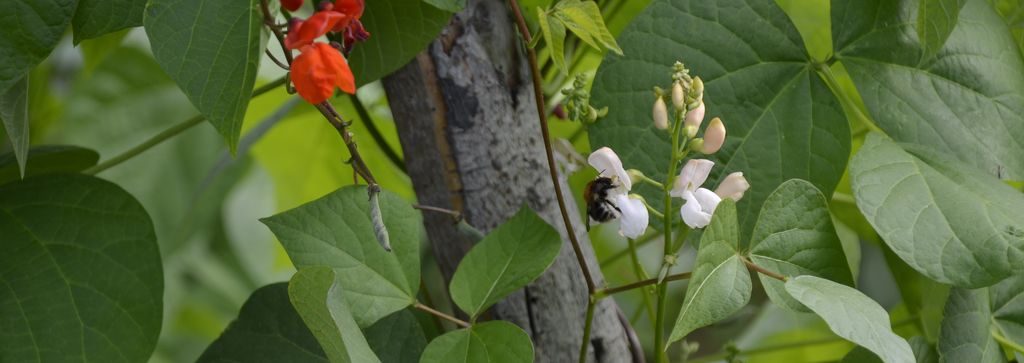
Unless you are dealing with Broad Beans, wait with sowing until the soil has warmed up a bit after winter. In not particularly mild regions this would be mid May. The period of 12-15 May in some years brings a last frosty spell of weather in the Northern Hemisphere: called the Ice Saints („Eisheilige“). Here a good rule of thumb is to sow your beans after the last of the Ice Saints has passed, which would be Cold Sophia („Kalte Sophie“) on 15 May. In cold soil the beans will just not germinate but sit and wait. Being patient and sowing a little later will be thanked by quicker growth of the plants. So there is no need to put the seeds out too early. Once the plants start to bring out their flowers they need enough moisture in the soil. In dry periods they will need to be watered regularly but do not soak them.
Often beans are sown every 10 or so days to ensure a longer harvest. Read the instructions on the sachet of the variety you have chosen and then have a gow. With a couple of seasons of practice you will know which variety wants which sort of treatment in your location.
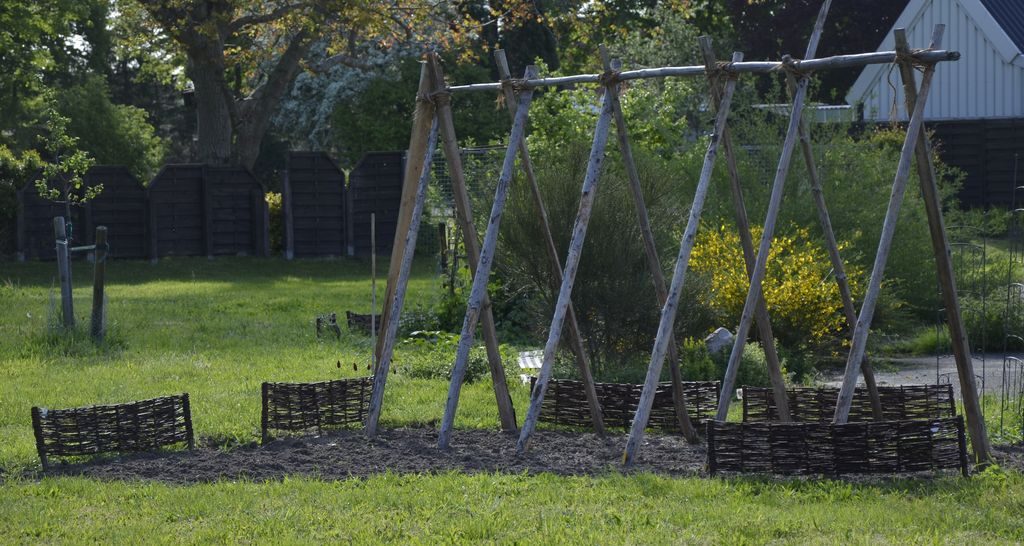
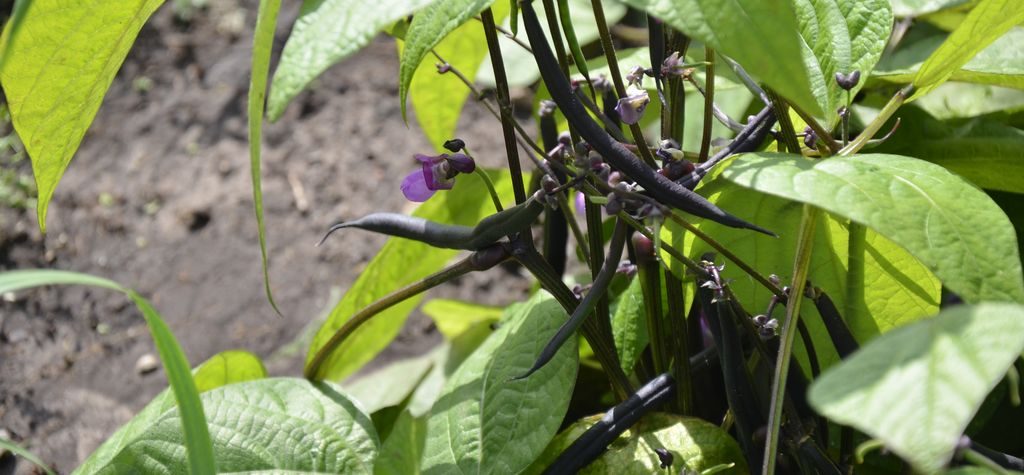
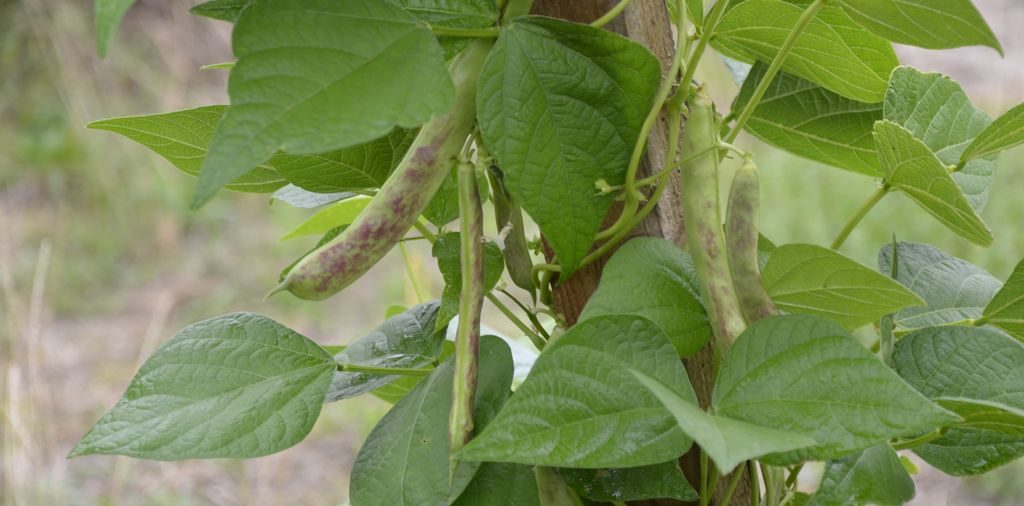
One special method of cultivating beans is the „Three Sisters“ method traditionally used in regions of South America. Here beans, maize and squash are grown together. The maize will give the support to the beans and the pumpkin leaves will cover the soil to keep the moisture in.
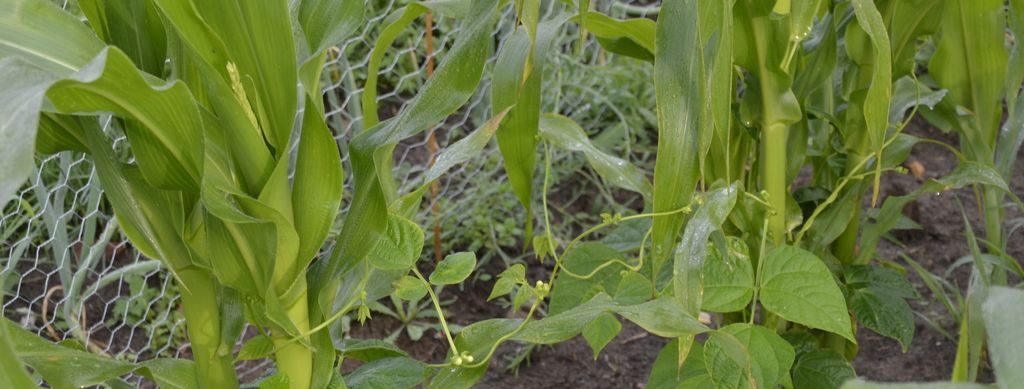
My experience is, that this is a pretty good way to cultivate the three, if you opt for dry beans, maize for starch, i.e. flour, and pumpkins for pumpkins. This means you plant all three, and let them grow undisturbed throughout summer, until the beans and the corn cobs are fully ripe and dry. Then you harvest them all in virtually one go. You then have the beans and maize for storage and winter food. If you wish to pick green beans for vegetables and sweet corn to nibble, it will be hard to harvest them, since the „Three Sisters“ will grow to something resembling a small forest.
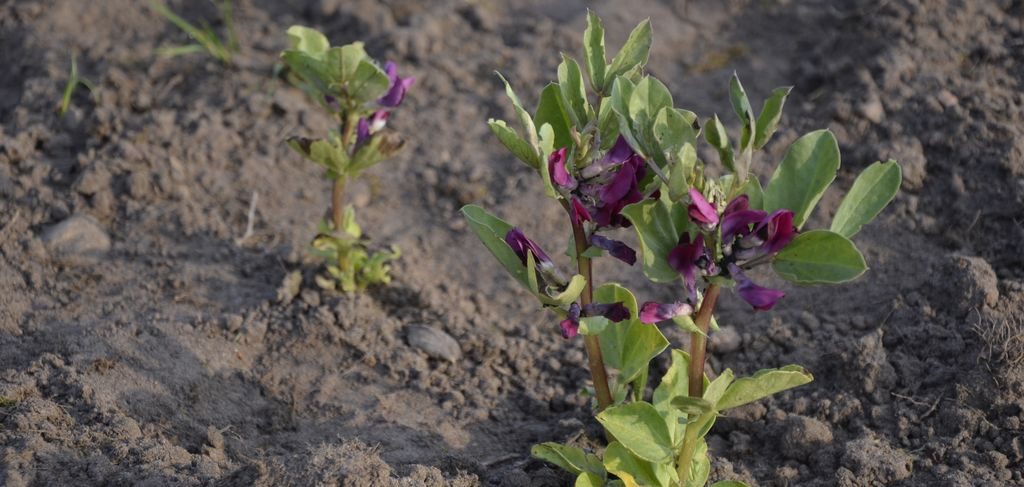
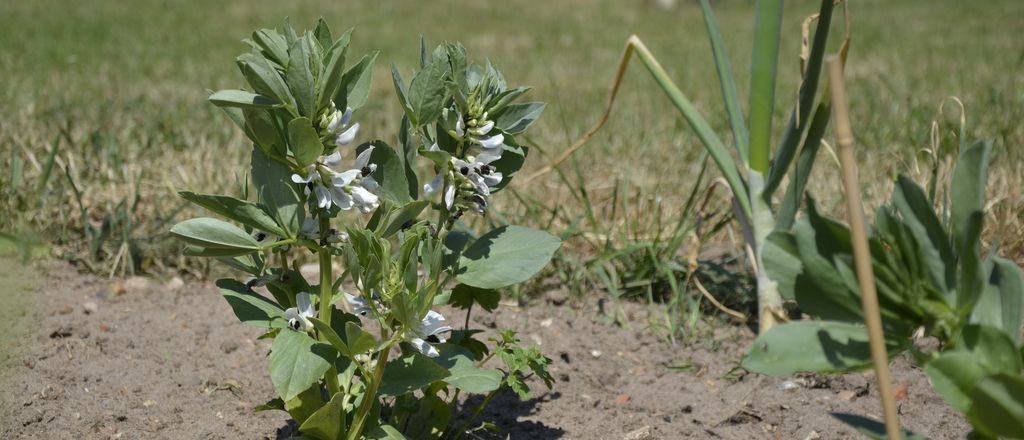
Broad beans
These are the only ones sown really early: the seeds can be sown outdoors from February onwards. They do not mind cold weather, even frost, and by the time the warm days start bringing in blackflies the stems will have grown a thicker skin and won‘t be so easily infected by those aphids. Broad Beans produce large pods and the seeds are big too. They can be used for stews („Eintöpfe“), for stir fry dishes and salads, and can be very aromatic.
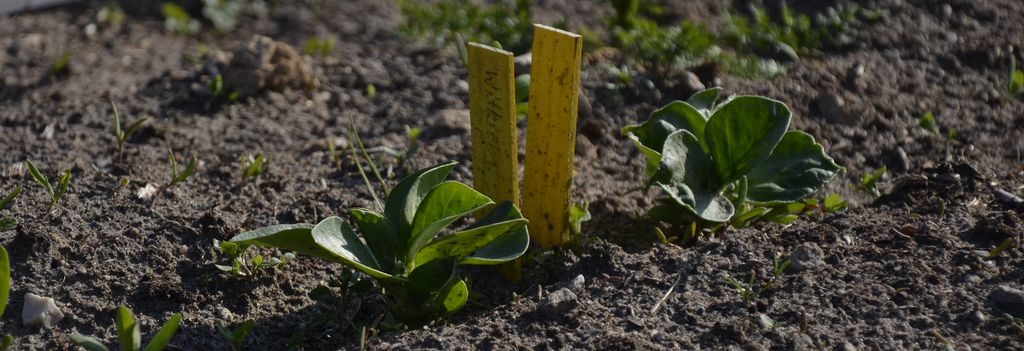
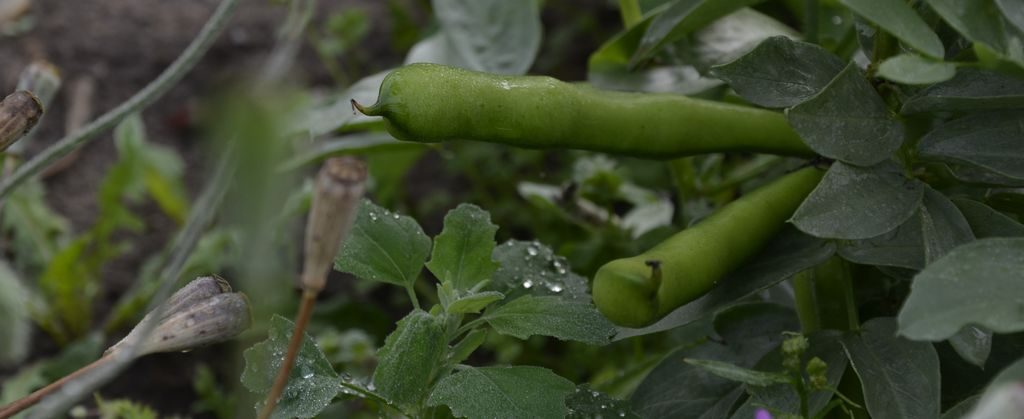
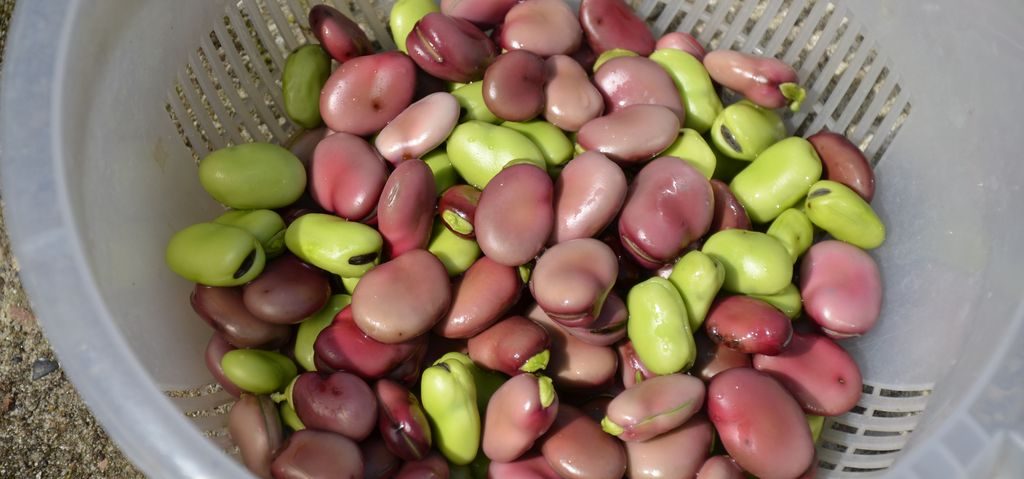
Green bean:
Green beans differ in that one group is climbing and needs poles and the other growing as little bushes with no need of support. In each group there is a wealth of varieties. Flowers can be white or bright red, pods can be green, blue to purple or green with red stripes, and seeds will be anything from white, pink, dark red to brown and speckled, either huge or small.
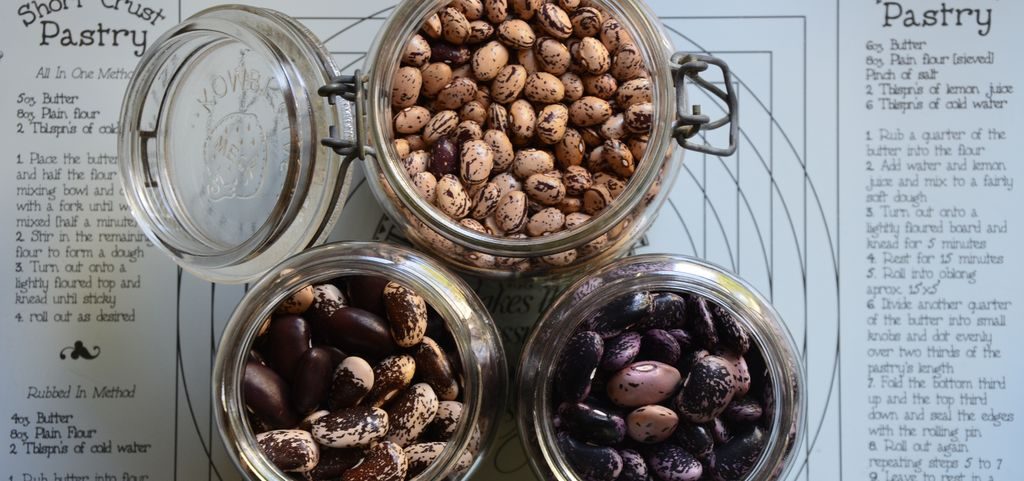
Often the blue or purple pods will turn green during cooking. And cook they must, uncooked beans are poisonous. After cooking green beans make a lovely vegetable dish and can be made into very nice summer salads.
Some of the beans grow fibrous pods, i.e. they are not so much fun to eat as vegetables dish because of the long and rather sturdy fibers. Those varieties are better left to produce dry beans. In the northern parts of Germany these fibrous pods traditionally are made into a regional speciality called „Schnippelbohnen“ – in some respect this dish is a bit like Marmite: either love it or hate it.
Dry beans make lovely stews („Eintöpfe“) and of course the white varieties are needed for Baked Beans. And they can be made into phantastic salads, too.
The bean‘s cousins: peas and lentils
Peas, Mangetouts and lentils are also members of the larger bean family, so to speak. They are all of the Fabaceae family and come with their Nitrogen fixing bacteria. Their seeds are rich in protein and they can be used for a great number of tasty meals.
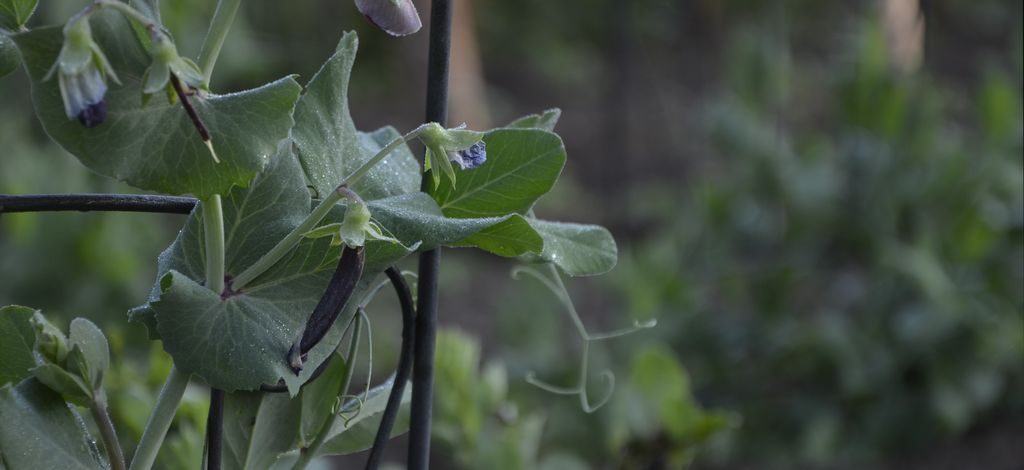
Peas
Contrary to beans peas like it cool. They won‘t do well in hot, dry and tropical conditions. They come in climbing or vining varieties and in low-growing, their pods are mostly green, but there are purple ones, too. The seeds are either green or yellow. Some are mange-tout, meaning they can be eaten in whole while the seeds inside the pods are still small. Others are „sweet peas“ where the seeds only are eaten. They can be eaten fresh as vegetables and, another difference to beans, they can be eaten uncooked. The fresh peas cooked are lovely vegetable and go perfectly with Shepherd’s Pie. Alternatively they can be harvested for dry peas – which was the original use since medieval times – and then make lovely soups and stews.
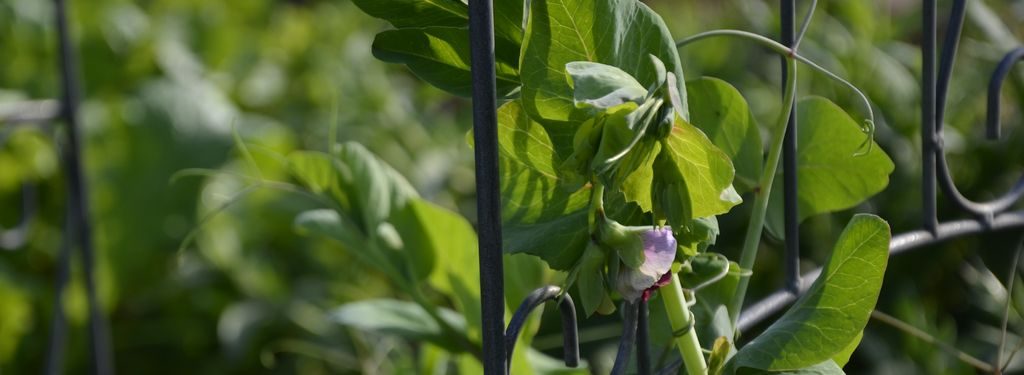
Lentils
One more cousin of the bean is the lentil. These are delicate plants with tiny but very beautiful flowers. They need some support otherwise they will lie on the floor and felter when getting wet. Some people grow them together with oats, so the oat stems give the support to the lentils. Lentils are known to improve soil quality which very likely might be due to them having their own nitrogen-fixing bacteria, as have all members of the Fabaceae.
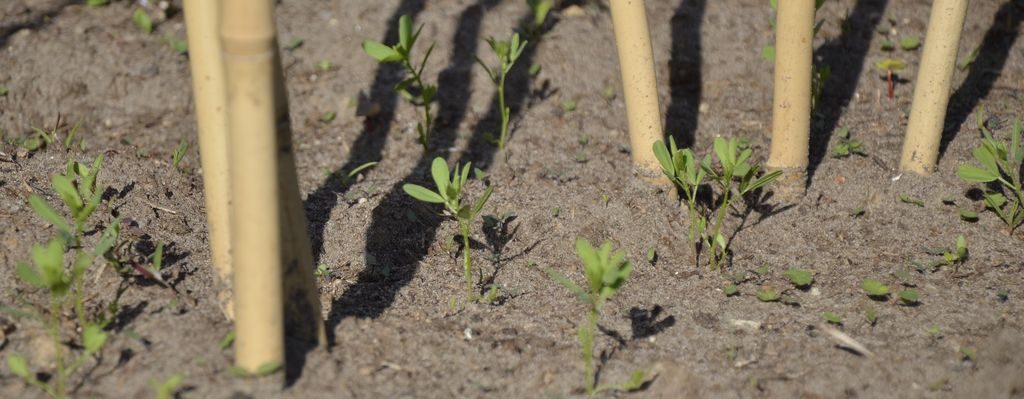
The seeds of lentils come in a great variety of colours from brown, multicoloured or marbled to red and bright yellow. They make lovely soups, salads, curry dishes and stews. They are very common in oriental regions as well as in India and Africa. But they are also well known in the Mediterranean and in European regions north of the Alps. Probably THE traditional dish in Swabia is „Linsen mit Spätzle“, a lentil soup with – originally – handmade spätzle, seasoned with vinegar. Spätzle are made from a dough (eggs, water, flower and salt) and traditionally are scraped with a knife from a special wooden board straight into slightly boiling water. A couple of years ago in the region of the Swabian Alb Mountains the cultivation of „Alb Leisa“ (https://en.wikipedia.org/wiki/Alb-Leisa) has been taken up again, a cultivar that has typically been used for this traditional dish in Swabia.
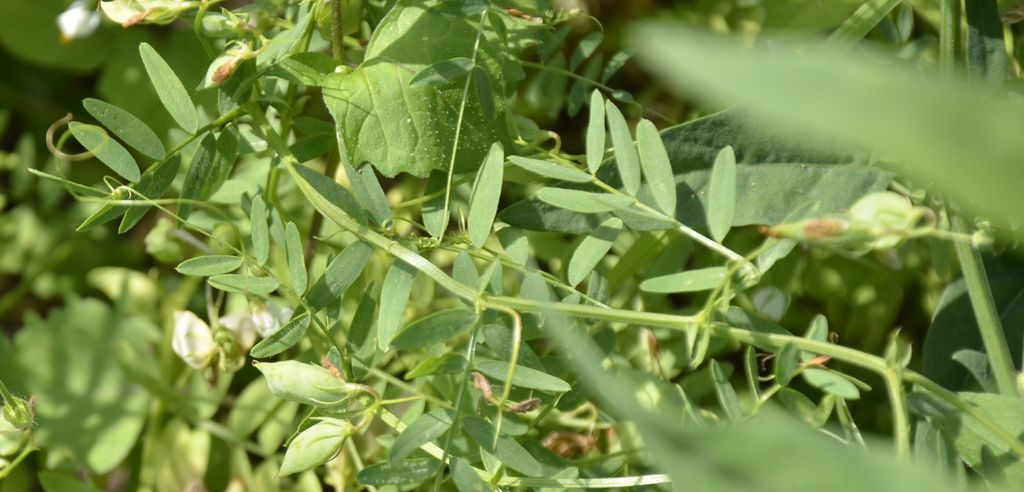
Supplier for organic vegetable seeds in Germany are:
Bingenheimer Saatgut AG, Kronstraße 24, 61209 Echzell, www.bingenheimersaatgut.de
Dreschflegel Bio-Saatgut, In der Aue 31, 37213 Witzenhausen,
www.dreschflegel-saatgut.de
Information and seeds of traditional and endangered cultivars provides
VEN Verein zur Erhaltung der Nutzpflanzenvielfalt e. V.: www.nutzpflanzenvielfalt.de
